In Focus: The genius of Léon Spilliaert — 'If a ghost could paint, this is what it might look like'
Laura Gascoigne is enthralled by The Royal Academy's exhibition — available in virtual form on their website — focusing on Léon Spilliaert, a Belgian painter with a unique perspective on the sea.
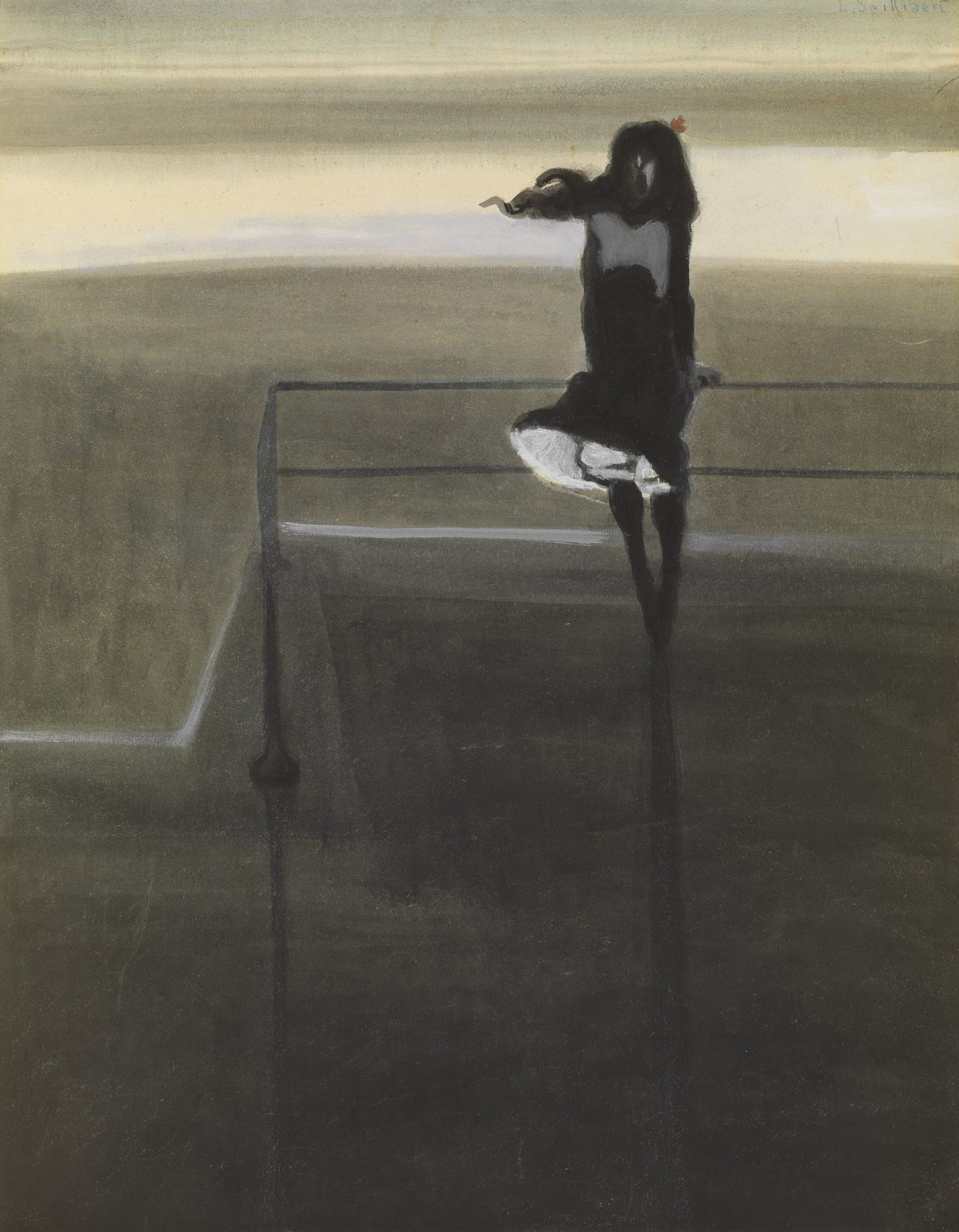
N.B. Until the Royal Academy reopens, a virtual tour of ‘Léon Spilliaert’ is at www.royalacademy.org.uk/article/video-leon-spilliaert-virtual-tour
In 1900, a perfume was launched onto the Belgian market with a label showing an elegant woman on a blustery seafront clinging onto her hat as her skirts billowed out in front of her. Called Brise d’Ostende — Breeze of Ostend — the scent was manufactured by the grande parfumerie L. Spilliaert-Jonckheere in the fashionable Belgian seaside resort and the label was designed by the owner’s son.
Obliged by ill health to abandon his studies at the Academy of Fine Arts in Bruges after only three months, the young Léon Spilliaert developed a style all of his own. His pictures proved harder to sell than his father’s perfumes, although they, too, distilled the essence of Ostend.
He was over 40 when he had his first exhibition in his native city, 60 when honoured with his first retrospective in Brussels. The Royal Academy’s exhibition — the first major showing of his work in Britain — has had to be closed for now, but, although there is no real substitute for seeing paintings in the flesh, it is at least possible to do a virtual tour online and discover the work of an interesting artist little known here.
A lifelong insomniac plagued by stomach ulcers, Spilliaert, as was his hero Nietzsche, was a nightwalker who, in the early hours, had his hometown to himself. The Ostend he portrays is not the seaside resort teeming with holiday crowds pictured on tourist postcards. In his work, its empty seafront is peopled only by the occasional female figure staring out to sea: a sturdy Fisherman’s Wife on a Jetty (1909), gnarled like a tree by the wind, or a wisp of a young girl, white petticoats whipped into a surf-like froth by The Gust of Wind (1904).
Most painters of seaside scenes are summer visitors whose images satisfy a desire for escapism. But there was no escape for Spilliaert from the endlessly bleak promenade of his hometown in winter or the immoveable horizon. His misty grey seascapes, dark, rainswept streets and wet promenades streaked with reflected gaslight are steeped in the peculiar melancholy of the out-of-season resort after the gay crowds have left. Yet on returning to his birthplace in 1922, after wartime exile in Brussels, he was overjoyed to rediscover his sense of belonging: ‘I am living in a real phantasmagoria,’ he enthused. ‘All around me, dreams and images.’
Dream-like as his images seem, he did not set out to explore the unconscious. Despite mixing in Symbolist literary circles in Brussels and Paris and admiring the oneiric black drawings of Odilon Redon, he disliked the Symbolist label — and wrote as much to a friend in 1904:
Sign up for the Country Life Newsletter
Exquisite houses, the beauty of Nature, and how to get the most from your life, straight to your inbox.
‘Symbolism, mysticism, it’s all madness, sickness. If only I could be rid of my restless, excitable nature… I would simply have gone off somewhere into the countryside and dumbly copied what I saw there.’
Instead, he simplified what he saw to abstraction, distilling its essence not in alcohol, like his perfumier father, but in ethereal watercolour.
Although he completed a few oil paintings, he was out of sympathy with the medium’s opacity. He ‘thought’ in transparent colour, using experimental mixtures of watercolour, gouache, ink, crayon and pastel to coax his fugitive images from the paper. The subtlety of his effects defies reproduction; standing before Promenade, Light Reflections helps you appreciate the skill with which he drags the shine of streetlights down the wet pavement. Examine Seascape (1905) closely to admire the mastery with which he catches the sun’s dying rays in the sea’s dark mirror.
Transferred indoors, his technical wizardry produces magical effects. Three bedroom interiors dating from 1908, when a near-fatal inflammation confined him to bed, are uncanny studies in the fall of light; in Interior (Bedroom with Beam of Light), 1908, the momentary flash of the Ostend lighthouse strikes the white bedspread, brass bed knobs and polished wardrobes with a brilliance that is almost hallucinatory.
The self-portraits from this period are haunted by intimations of mortality: in consecutive paintings dated November 2 and 3, he sits in a room lined with mirrors, his skull-like face lit by a mystery light source that seems to set his shock of blonde hair alight. If a ghost could paint, this is what it might look like.
In later works, such as Blue and Yellow Seascape (about 1934) and Beech Trunks (1945) — painted after his move to Brussels, when the Forêt de Soignes became the scene of his walks — he moved away from the brooding greys of his early palette into luminous colour. Yet, although superficially more appealing, these works don’t linger in the mind. A supreme master of a minor medium, Spilliaert composed his best works in a minor key.
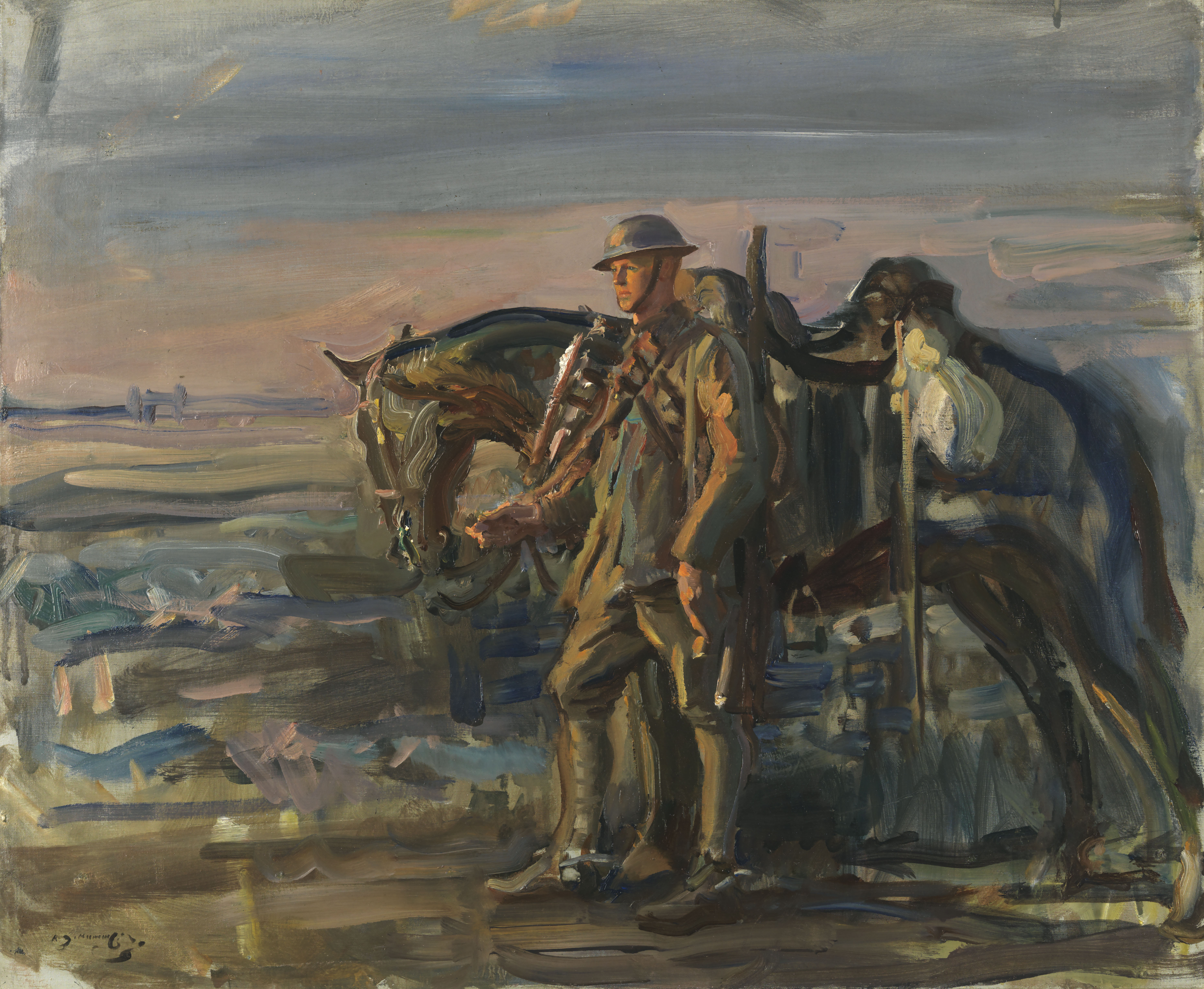
In Focus: The wartime masterpieces of Alfred Munnings
Huon Mallalieu welcomes the opportunity to see a significant body of wartime paintings alongside other works by Munnings in his
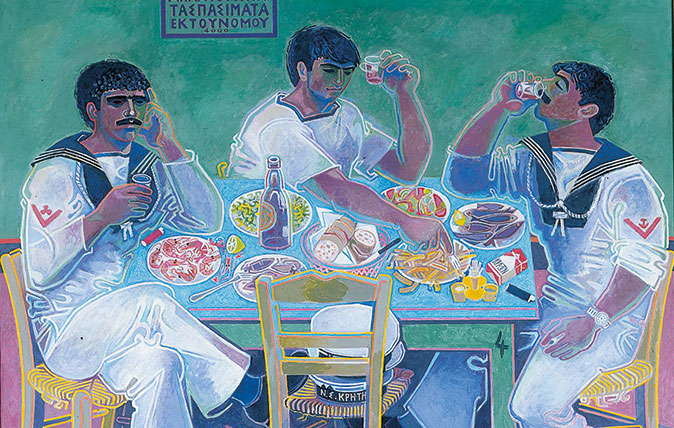
In Focus: The charmed life of Paddy Leigh Fermor and friends in Greece
The iconic writer Paddy Leigh Fermor and two of his friends in Greece – both artists, one a local man and
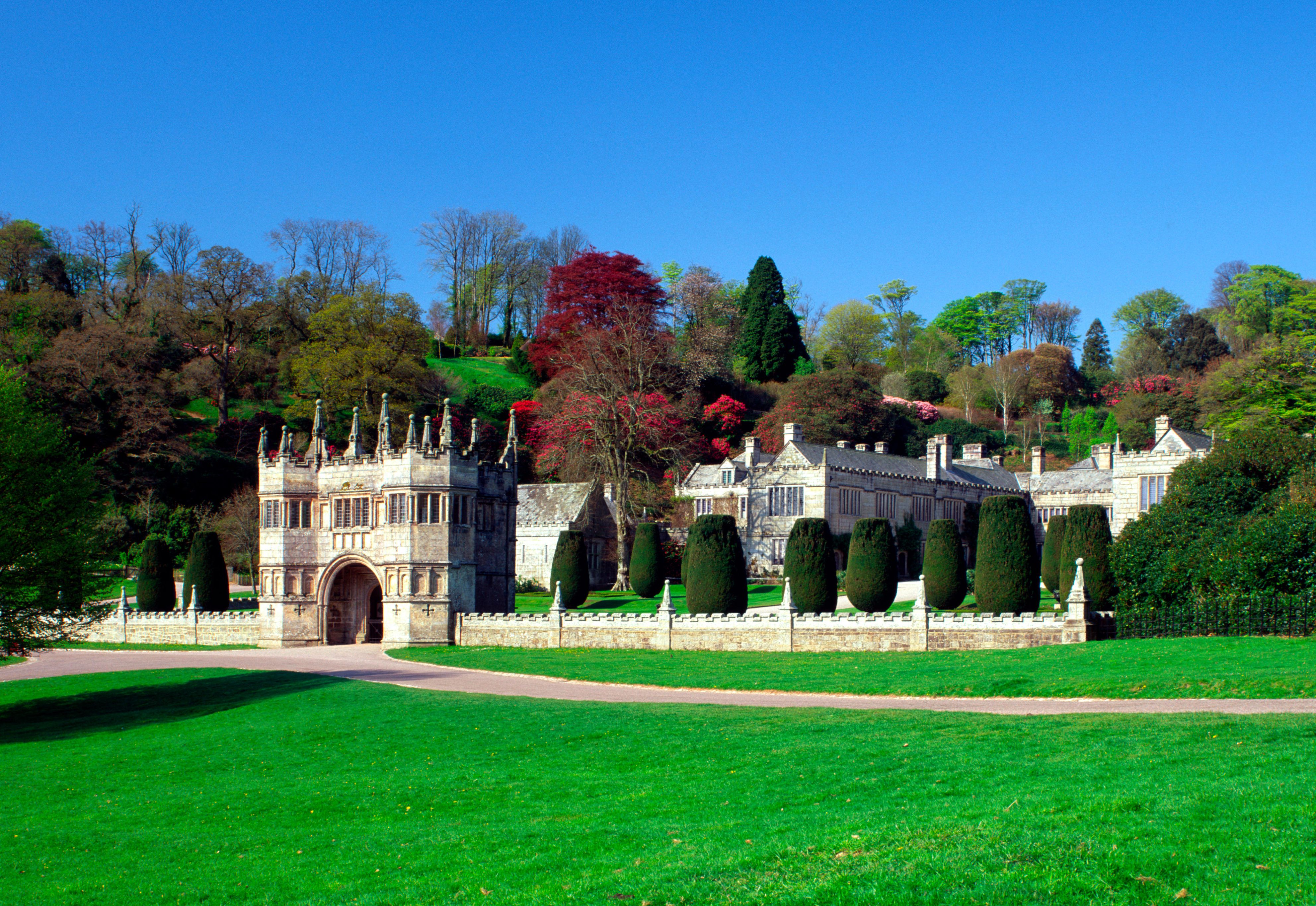
In Focus: The Mansions of Cornwall, as they existed in 1846
A rare survey of over 80 Cornish country houses has been found and reprinted – Adrian Tinniswood takes a look.
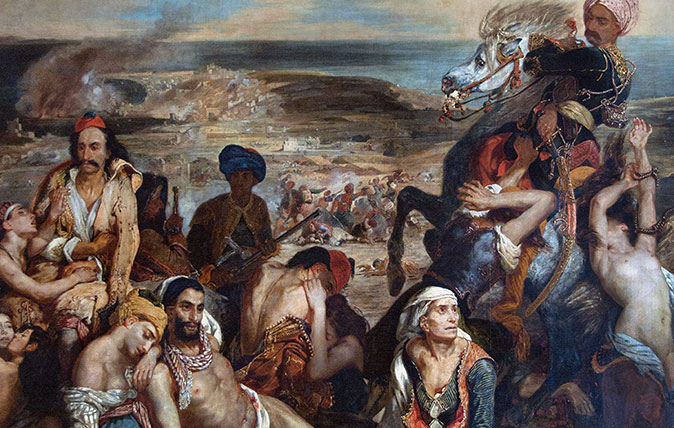
Credit: Alamy
In Focus: A grim masterpiece of the French painter who became the ultimate storyteller in paint
Laura Freeman examines the brilliance and bravado of Eugène Delacroix’s paintings – including an extraordinary recreation of one of the most
Toby Keel is Country Life's Digital Director, and has been running the website and social media channels since 2016. A former sports journalist, he writes about property, cars, lifestyle, travel, nature.
-
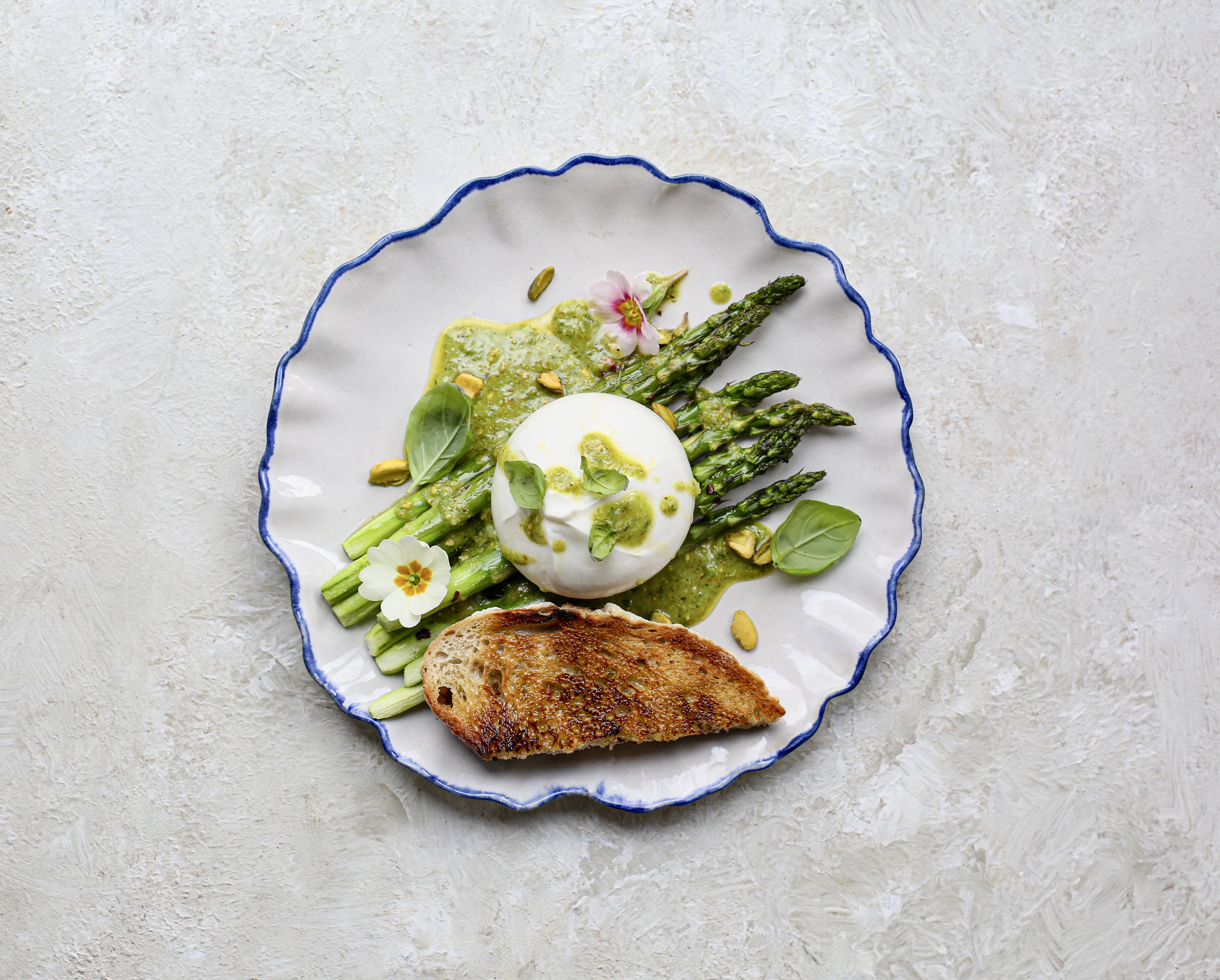 Two quick and easy seasonal asparagus recipes to try this Easter Weekend
Two quick and easy seasonal asparagus recipes to try this Easter WeekendAsparagus has royal roots — it was once a favourite of Madame de Pompadour.
By Melanie Johnson
-
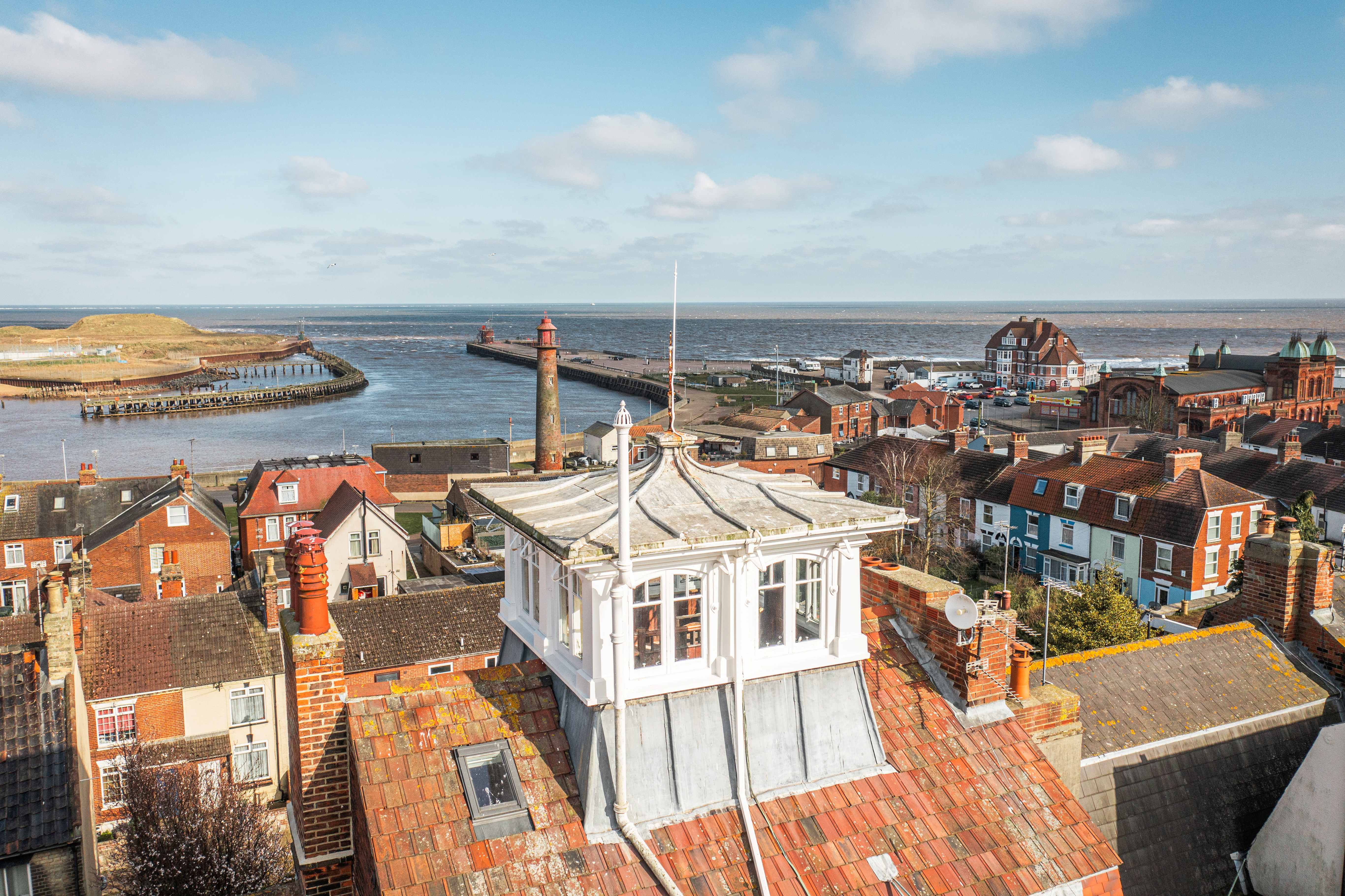 Sip tea and laugh at your neighbours in this seaside Norfolk home with a watchtower
Sip tea and laugh at your neighbours in this seaside Norfolk home with a watchtowerOn Cliff Hill in Gorleston, one home is taller than all the others. It could be yours.
By James Fisher
